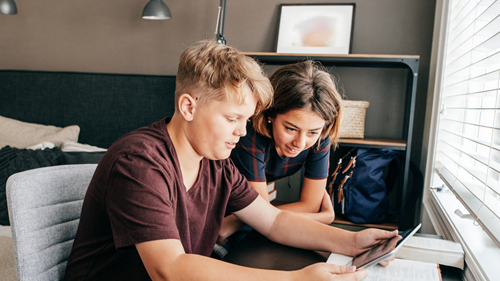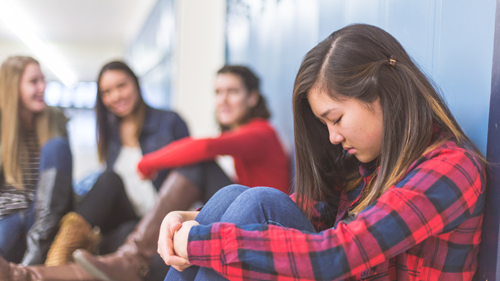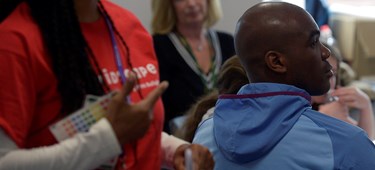Helping your child take action against bullying
The majority of us will have seen a bullying situation at some time. A bystander is someone who is present in a bullying incident, but not directly involved. Most bystanders aren’t malicious, but they may be unsure how to intervene in the situation and make the bullying stop.
Helping your child be an active bystander
An active bystander is a person who witnesses bullying and takes action to make it stop. Children have a keen sense of justice, and with support they can use this to play their part in preventing and challenging bullying.
Talk about bullying
Explain what bullying is, and how it’s not OK to make other people feel scared or sad. If your child tells you about something that happened at school which sounds like it might be bullying, talk it through with them.

Empower them to help
Talk about what they can do if they see a bullying situation. It might be hard for them to say something to the child or children doing the bullying, but they can always stand or sit with the child going through the bullying, or lead them away. If the bullying is online, they can direct message the person and let them know they are there for them.
Think about who else can help
Talk about five people who can help if they see or experience any bullying. This could be teachers, parents and other trusted adults. Remind them that bullying should be stopped, and that this can be done anonymously if they need.
Encourage friendship
Being bullied makes a child feel isolated and alone. Encourage your child to make a special effort to be friends with other children who are often left out, or seem sad.


Sticking up for others
Discuss what your child can do to stick up for others. Something as simple as not laughing along and clearly saying “that’s not alright” can make a huge difference in a bullying situation.
Personal safety
Think about situations where it’s not safe to intervene, such as when there is immediate physical danger. When that happens, encourage your child to lead the child away if they can, or go and find an adult who can help.

